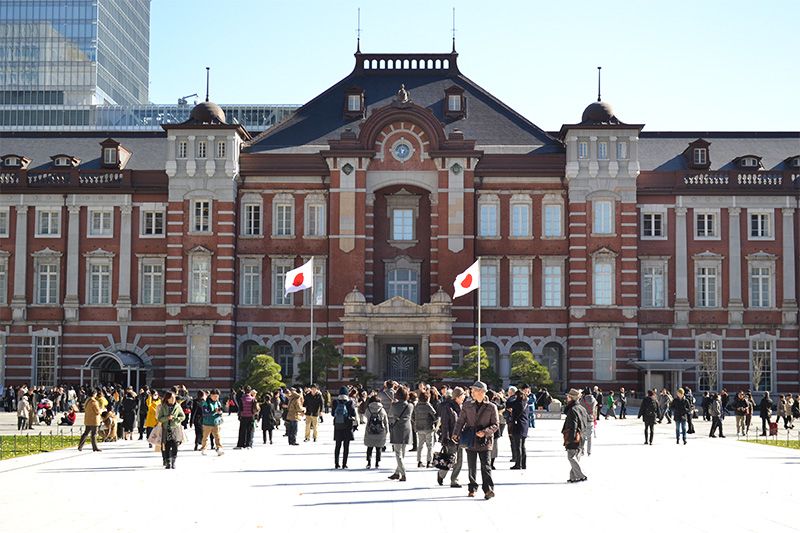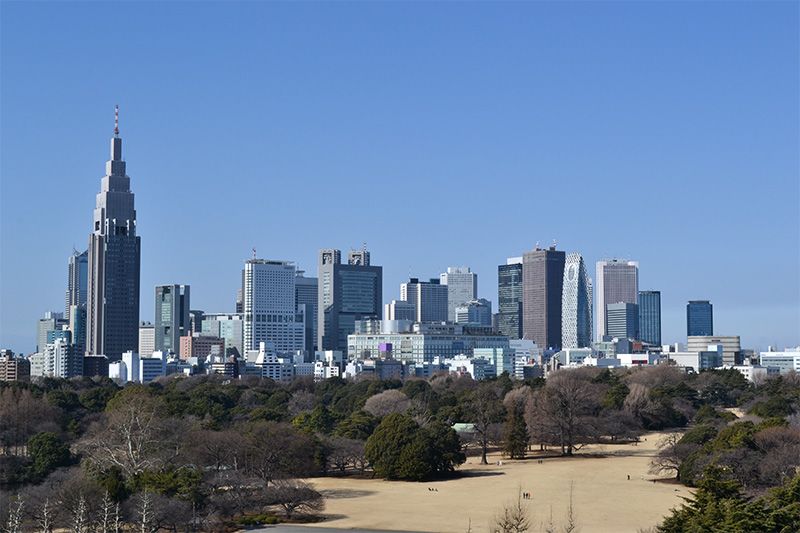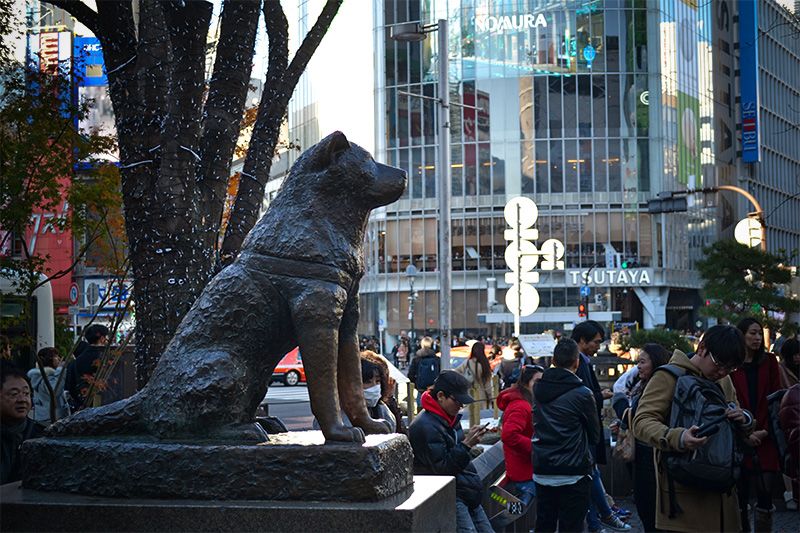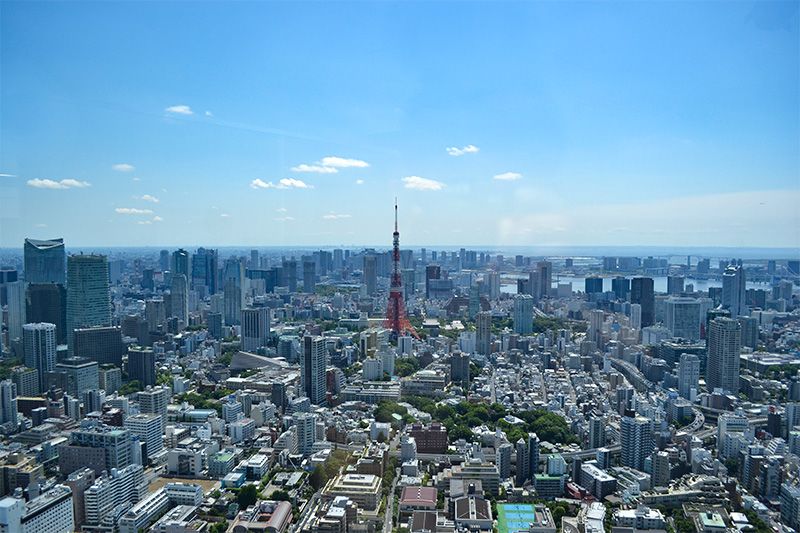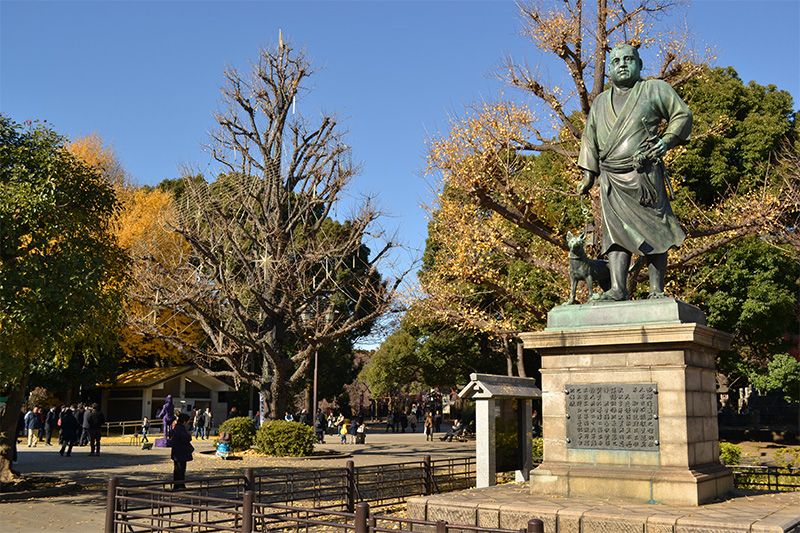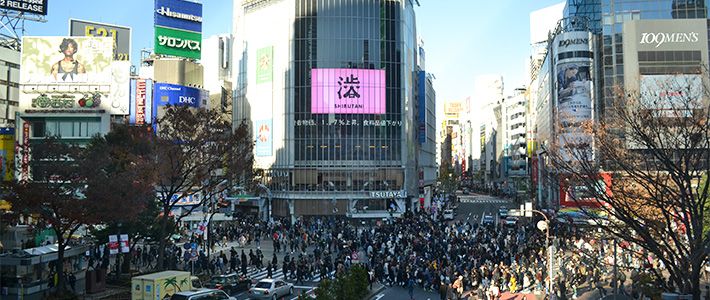
Five Tokyo Centers
Society Culture- English
- 日本語
- 简体字
- 繁體字
- Français
- Español
- العربية
- Русский
Tokyo sprawls over more than 2,000 square kilometers of land. This is the figure for the area of the metropolis alone—a unit basically equivalent to the other prefectures in Japan—and does not include places where the urban sprawl spills over into neighboring prefectures. But unlike the other 46, Tokyo lacks a prefectural capital that could be defined as its center. So what is the center of Japan’s famous capital? Several candidates jostle for the honor.
Tokyo Station
The station with the capital’s name is a clear contender. This is the meeting point for Shinkansen lines heading north and west, and the building is a historic red-brick symbol of Tokyo. The Marunouchi district to the station’s west is one of Tokyo’s financial centers and borders on the nearby Imperial Palace, also in the Chiyoda municipality. To the east are the bustling Yaesu district and the ritzy shopping areas of Nihonbashi and Ginza.
Shinjuku
Home to the Tokyo Metropolitan Government headquarters, Shinjuku is where decisions are made about the running of the capital. Visitors can get a good view of Tokyo by riding the elevator up to the observation deck on the forty-fifth floor. Shinjuku also boasts the world’s busiest train station, used by millions of people each day. With its Kabukichō nightlife, countless restaurants, and high-end department stores, this district makes a strong case for being a vital center to Tokyo.
Shibuya
For many international visitors, Tokyo’s most iconic locations are Shibuya’s scramble crossing and the nearby statue of faithful hound Hachikō. Shibuya Station is also second only to Shinjuku in the number of passengers it serves daily on the numerous JR and private rail lines that transit or terminate there. For a time Shibuya had the nickname “Bit Valley,” a play on the “bitter” character shibu in its name referring also to its IT industry presence as Japan’s answer to California’s Silicon Valley. The area is currently being reconstructed and is due to show its newly completed face to the world in 2020.
Roppongi/Azabu-Jūban
Located within the Yamanote Line loop, the Roppongi/Azabu-Jūban area is another leading candidate for Tokyo’s downtown. Once known mainly for raucous nightlife, Roppongi has reinvented itself—in the daytime at least—as a center for art and shopping. The Azabu area is where many embassies are located, giving the district a cosmopolitan feel. The classic city symbol Tokyo Tower is close at hand.
Ueno
A historical center of Tokyo, Ueno is where travelers from the north would once arrive. Today it is most known for Ueno Park, which includes museums like the Tokyo National Museum and the National Museum of Western Art within its limits. In spring, the park’s cherry blossom trees also draw in crowds. A short way to the east stands Tokyo Skytree, the world’s second-tallest structure and another symbol of the Japanese capital, and the wildly popular tourist destination of Asakusa. The picture shows a statue of famous samurai Saigō Takamori and his dog.
(Originally written in English. Banner photo: The Shibuya scramble crossing in Tokyo.)